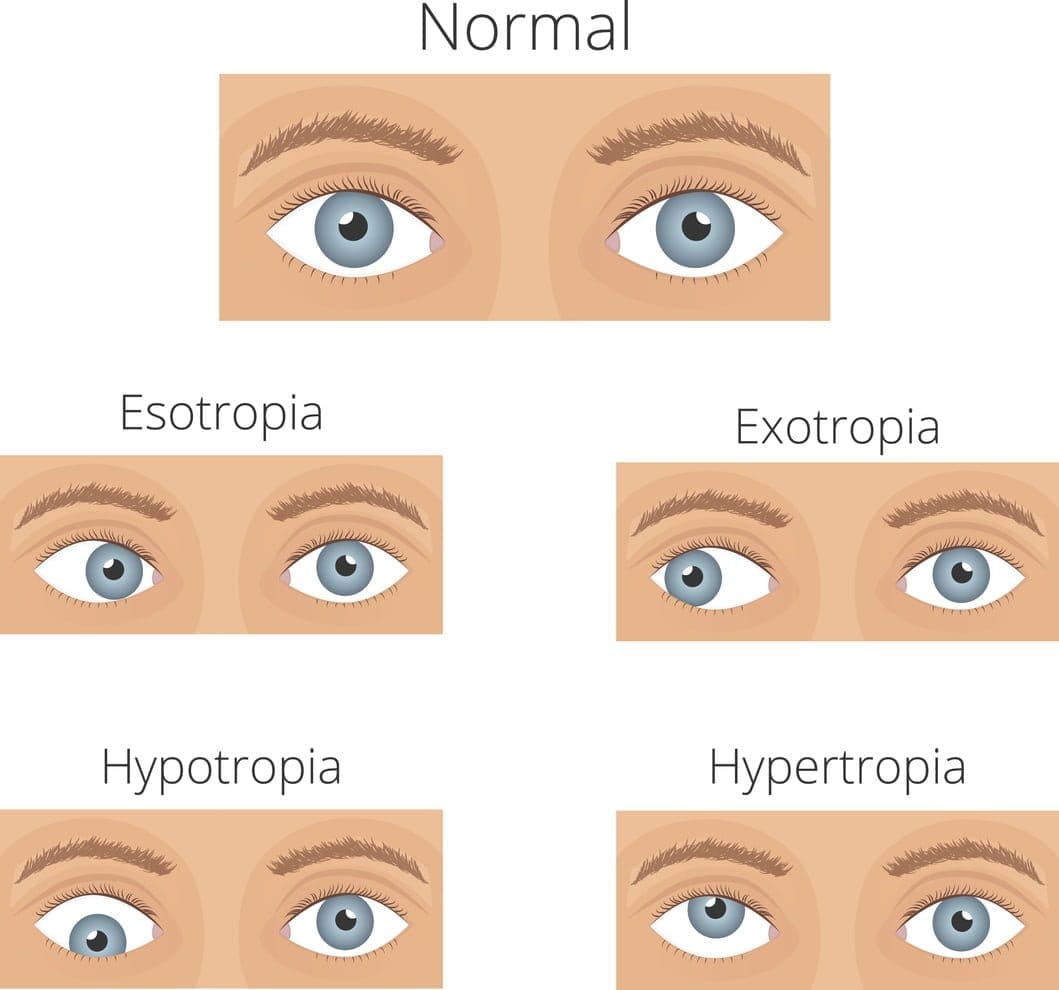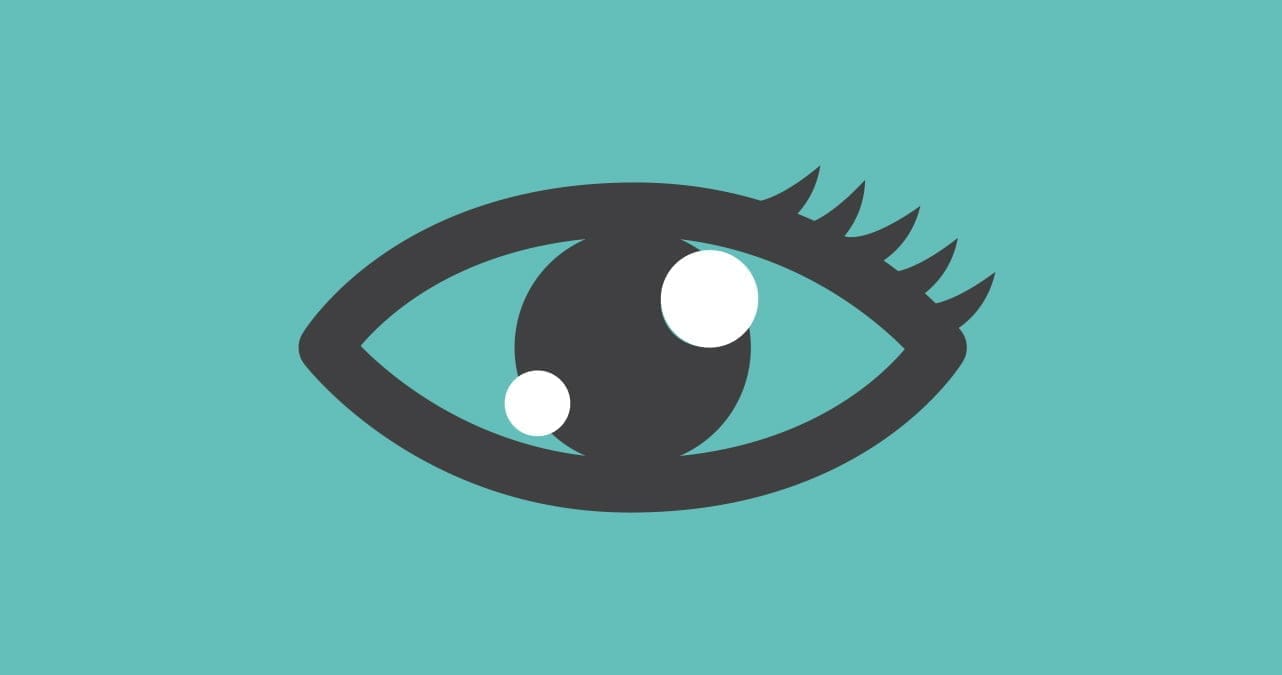Lazy Eye (also called amblyopia) is where abnormal vision development causes reduced vision in one eye. Often seen as one eye turning inward or outward. Notably, this condition causes blurry or reduced vision that is not correctable by glasses, contact lenses or eye surgery. The brain does not fully acknowledge the images seen by the lazy eye, which causes it to suppress vision. Amblyopia usually develops from birth up to early childhood. Thankfully, early detection and treatment give the best chance to improve symptoms for a cure. However, there is a treatment for older children and adults that has proven successful as well, proving the brain can change at any age.
What Causes Lazy Eye?
According to lazyeye.org, researchers have found that amblyopia can arise from a variety of developmental problems in the brain. Anything that interferes with the eye early in the period of visual
 Lazy eye is usually seen as these five types of strabismus: esotropia, exotropia, hypertropia, hypotropia
Lazy eye is usually seen as these five types of strabismus: esotropia, exotropia, hypertropia, hypotropiaand brain development can cause a “lazy” eye. This differs from other vision problems because lazy eye can’t be corrected with glasses or surgery. The vision problem originates in the brain. Here are some common causes of lazy eye:
- Constant Strabismus
- constant turn of one eye in any direction. Two eyes do not aim at the same place, so the braid will suppress one eye to avoid double vision.
- Anisometropia
- both eyes have very different prescriptions or vision quality, which leads the brain to suppress one image to avoid double vision. This is less noticeable because the eye turn isn’t as noticeable.
- Physical obstacles due to cataracts, eye trauma, blocked tear ducts, eyelid droops, etc.
Less common: congenital disorders or vitamin A deficiency

Common Symptoms
- An eye that seems to wander in a different direction; inward or outward.
- Poor depth perception
- Shutting one eye to focus or read
- Head tilt
- Squinting
Schedule an Eye Exam
A comprehensive eye exam is crucial for infants, toddlers, and children in general. Importantly, a basic eye exam from a family pediatrician or a simple vision screening is not enough to detect a lazy eye. Infants and young children have the highest risk of developing a lazy eye. Schedule an eye exam now and come back regularly as your doctor recommends. All children should have an eye exam between the ages of 3-5. Learn more about eye exam frequency for children in our blog, When Should my Child Get Their Vision Checked?


